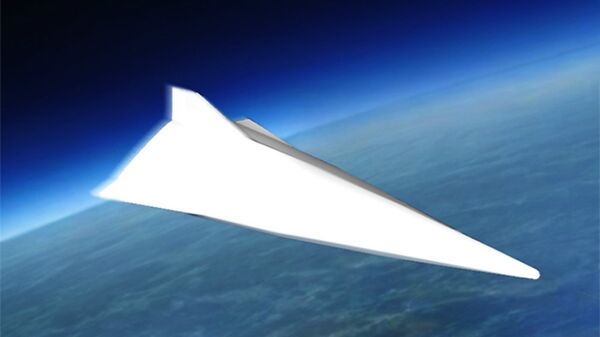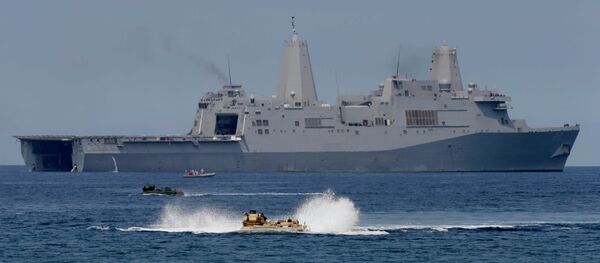While the Pentagon officials call China "provocative and expansionist," it turns out that Beijing is much more concerned about its own defense than alleged "expansionist" plans.
Following in US Defense Secretary Ash Carter's footsteps, Adm. Harry Harris Jr., the American commander in charge of military operations in the Asia-Pacific region, named China one of the US' major challenges, dubbing Beijing "provocative and expansionist" at the April Putrajaya Forum in Kuala Lumpur, Malaysia.
But does China pose a real threat to the US and its regional allies?
"As China streamlines its military and works to improve the quality of its personnel, several cutting edge projects are in the works to provide the People's Liberation Army with advanced weapons. One of these is the PRC's hypersonic glide vehicle (HGV), called the DF-ZF in China and designated by US defense officials as the Wu-14," the US scholars write in their analysis for China Brief Volume supported by the Jamestown Foundation and republished by The National Interest.
The scholars draw attention to the fact that development and testing of this new class of hypersonic weaponry is shrouded in secrecy.
"Its eventual operational deployment will represent a significant improvement in the PLARF's [the People's Liberation Army Rocket Force] conventional and nuclear arsenals, as it has the potential to penetrate even the strongest layered anti-missile defenses of the United States and its allies," Solem and Montague underscore.
However, upon closer examination, it seems that the threat is exaggerated.
Solem and Montague refer to the fact most of Beijing's HGV tests have attempted to fly distances of up to 1,750 kilometers (1,087 miles).
"The intended distance of these tests is a strong indicator that China is either less advanced in its HGV development than the United States or is focused on addressing regional threats," the scholars suggest.
"Given China's strategic focus on regional security issues… shorter-range HGV addresses China's more immediate needs," Solem and Montague continue, adding however, that the country has the potential to acquire long-range HVGs by using scramjet engine like Boeing's X-51A.
As of yet, Beijing's HVGs are still unable to pose a serious challenge to the security of the US and its allies, the scholars conclude.
"There are clear symbolic and military benefits for the nation that successfully develops a hypersonic weapon. The DF-ZF, though impressive, still has a long way to go before it can truly threaten the security of the United States and its allies… Although in its current form the applications of the DF-ZF are constrained to East Asia, it is likely that China will continue to expand the range and capabilities of this weapon," they note.
Why is China developing HGVs? The answer is to meet the needs of its regional security.
Apparently, the problem is that the US and NATO are spreading their anti-missile defense system in the Asian Pacific, encircling China. Despite China's opposition, the US is going to deploy its Terminal High Altitude Area Defense (THAAD) missile system in the Korean Peninsula and implementing the elements of its missile defense in Japan.
The question then arises: who is acting "provocative" in the region?



